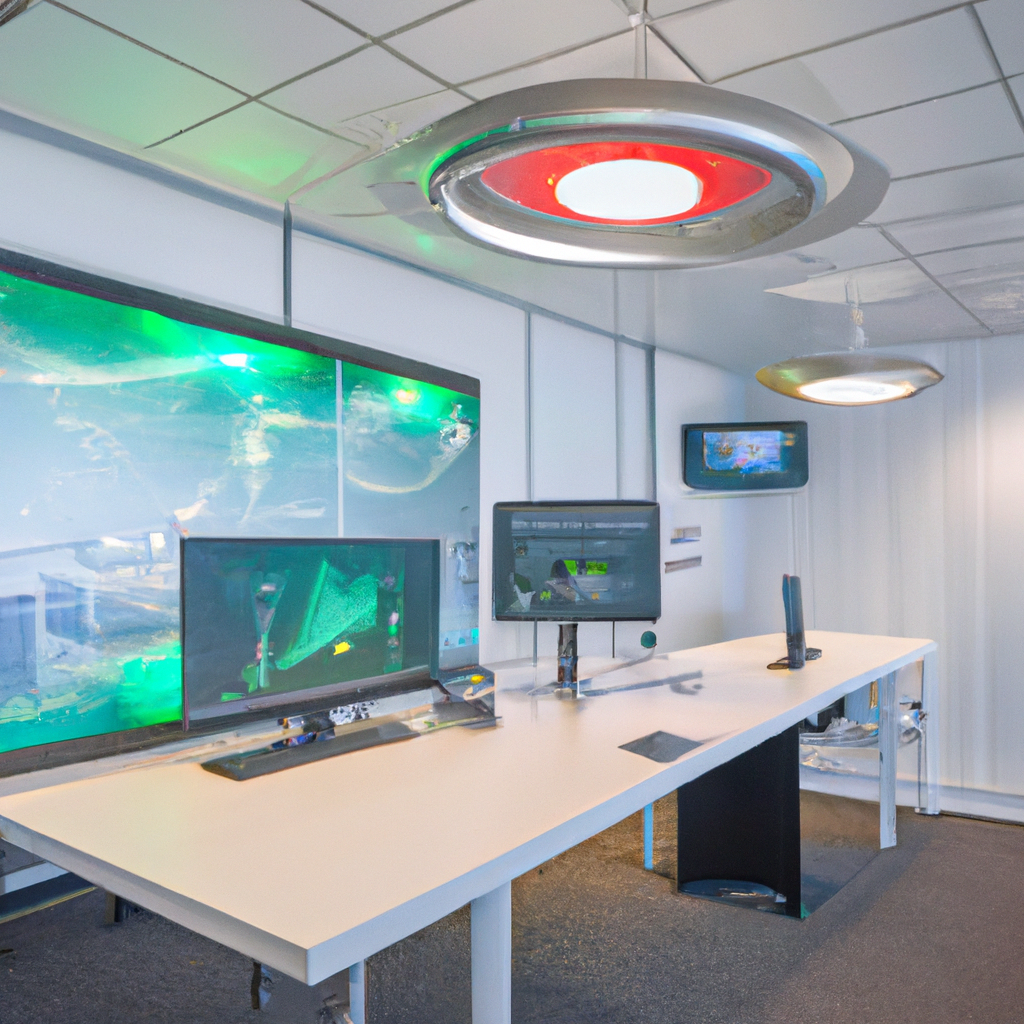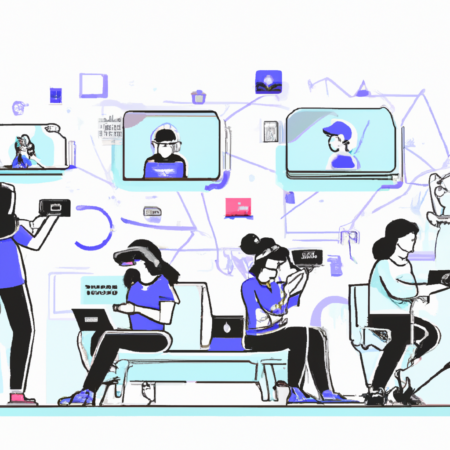Navigating the Future of UX: Trends and Innovations for 2025
As we step into the second quarter of 2025, the landscape of User Experience (UX) continues to evolve at a rapid pace. This blog post explores the key trends and innovations that are shaping the future of UX, offering insights into how these changes will impact professionals and businesses alike.
Personalization at Scale
One of the most significant trends in UX is the shift towards more personalized experiences. Advances in AI and machine learning have made it possible to tailor digital experiences to individual user preferences and behaviors without significant manual effort.
Voice and Gesture-Based Interfaces
As screen fatigue grows, voice and gesture-based interfaces are becoming increasingly popular. These intuitive interfaces offer users a more natural way to interact with technology, reducing the reliance on traditional touch inputs.
Augmented Reality (AR) Integration
AR technology is being integrated into more UX strategies to offer immersive experiences that blend the digital and physical worlds. For example, e-commerce apps use AR to let customers visualize products in their own space before making a purchase.
Ethical Design and Accessibility
There is a growing emphasis on ethical design and accessibility, ensuring that digital products are inclusive and available to all users, regardless of their abilities or circumstances. This includes designing for accessibility from the ground up and considering the ethical implications of UX decisions.
The Role of Data in UX Design
Data-driven design continues to be a key focus, with UX professionals leveraging big data to inform design decisions and improve user satisfaction. However, with great power comes great responsibility, and it is essential to balance personalization with user privacy.
Conclusion
As UX continues to evolve, staying informed about the latest trends and technologies is crucial for anyone involved in the design and development of digital products. By embracing these innovations, UX professionals can create more engaging, intuitive, and inclusive experiences that meet the needs of tomorrow’s users.






